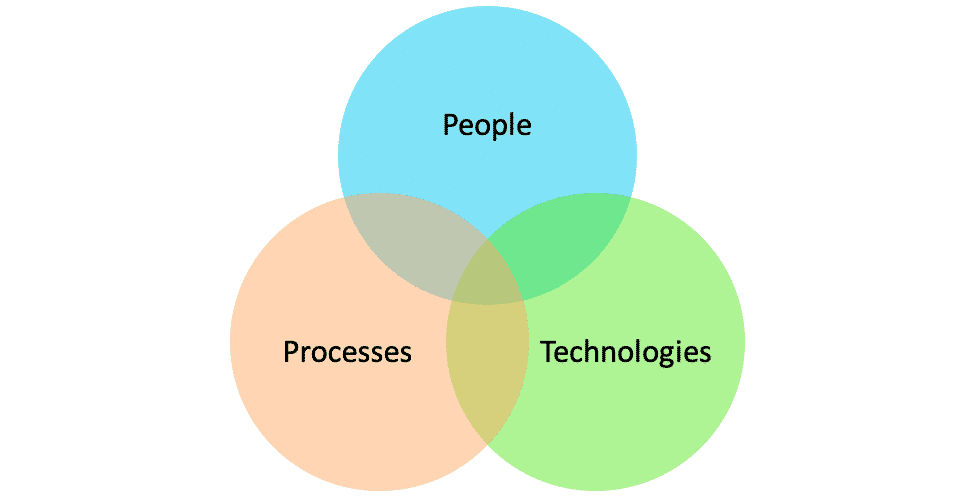Most organizations understand their business assets to include investments in technology, people, infrastructure, inventory, etc. And they have developed and implemented formal policies, processes, and systems for governing those assets to ensure maximum return while minimizing business risk. What’s surprising is that one thing a business has that will significantly impact its success is data. Few recognize their data as a strategic asset, and fewer still have implemented a formal data governance strategy to maximize the return on that asset. This is partly due to a lack of understanding where many confuse Data Management as Data Governance, and partly due to the lack of appreciation for the benefits derived from data governance. In this post, I will provide some answers to the questions – what is data governance? what advantages can be obtained from data governance? and, what are the key considerations when developing a Data Governance program?
First, let’s distinguish between Data management and Data Governance. Data Management is often mistakenly assumed to mean Data Governance when in fact the two are entirely different. Data Management is best described as the logistics of managing your data. It is usually owned by IT and is characterized by a collection of standard tools for collecting, validating, storing, organizing, protecting, processing and otherwise maintaining your data. On the other hand, Data Governance is more holistic than Data Management. It is a business-driven program and involves a cross-functional process for maximizing the value of the data while minimizing the risk of poor data. In the diagram below, we show the intersection of People, Process and Technology. Data Management exists at the intersection of Process and Technology, whereas Data Governance would be at the center.
Data Governance is the convergence of People, Process and Technology. The very fact that people are part of the equation implies that Data Governance is much more than Data Management. It is about consensus-building, ownership, and overcoming parochial barriers. It not only aligns IT and Business to leverage the benefits of data as an asset but also defines data ownership and policies, decision rights and escalation procedures. To put it another way, Data Governance determines who owns the data, how and by whom data is created, how and by whom data is updated and who arbitrates decisions when disagreements arise, or new needs are identified.

There are many benefits to a well-defined and understood Data Governance program. These include:
- increasing the value of the data to the business
- reducing operational friction
- ensuring regulatory compliance
- defining of standard processes for addressing data issues
- providing transparency of data ownership and responsibilities
Put simply; these benefits roll up to help you use your data to gain a competitive advantage.
When developing your program, six key considerations include:
- Transparency
- Auditability
- Accountability
- Checks & Balances
- Standardization
- Change Management
Transparency: Your Data Governance processes should exhibit transparency. It should be clear to all participants how and when data-related decisions and controls are introduced into those processes. Of course, by transparency we are not suggesting an absence of security; instead, we are proposing that for any data-related activity, the RIGHT people should be able to discover what’s going on.
Auditability: If the focus of your program is something other than compliance, it easy to forget that others may need to review your work and decisions. You must strike a balance here. Data-related decisions, processes, and controls subject to your Data Governance program must be auditable and include the necessary documentation to support compliance-based and operational auditing requirements.
Accountability: Accountability is often lacking, or confusing when you begin developing your documentation. However, your Data Governance program must define responsibilities for cross-function data-related decisions, processes, and controls. Use this opportunity to look for situations where NOBODY appears to be accountable, or MANY groups are listed as responsible for addressing gaps and overlaps in currently perceived accountabilities.
Checks and Balances: In defining accountabilities you will need to introduce checks-and-balances between business and technology teams, as well as, between those who create/collect data, those who manage it, those who use it, and those who introduce standards and compliance requirements. Establishing appropriate checks-and-balances can be invaluable in guiding active participation in your program.
Standardization: Your Data Governance program will need to address the standardization of enterprise data. This can be daunting, but keep in mind that not everything can be standardized – nor should it be. But achieving data standardization is a prerequisite for many high-value Business and IT projects. This is an area to consider the primary uses of the data and bring focus to a normalization of the data in those specific scenarios.
Change Management: Your Data Governance program must support both proactive and reactive Change Management activities for reference data values and the structure/use of master data and metadata. Simply put if your desire is for sustainable success in projects that involve data, then you need to control how and when that data changes. Likewise, with a Data Governance program in support of an MDM project, you need to account for not only data changes but underlying changes to the data model, taxonomy, etc.
With these considerations in mind, you are ready to begin developing a Data Governance program that leverages data as a strategic asset of your company and helps you gain a competitive advantage in an increasingly data-driven marketplace.
Are you ready to implement an effective Data Governance program for your enterprise? Amplifi helps companies build out the right processes for each and every unique business case. Reach out today to talk about how we can help.

